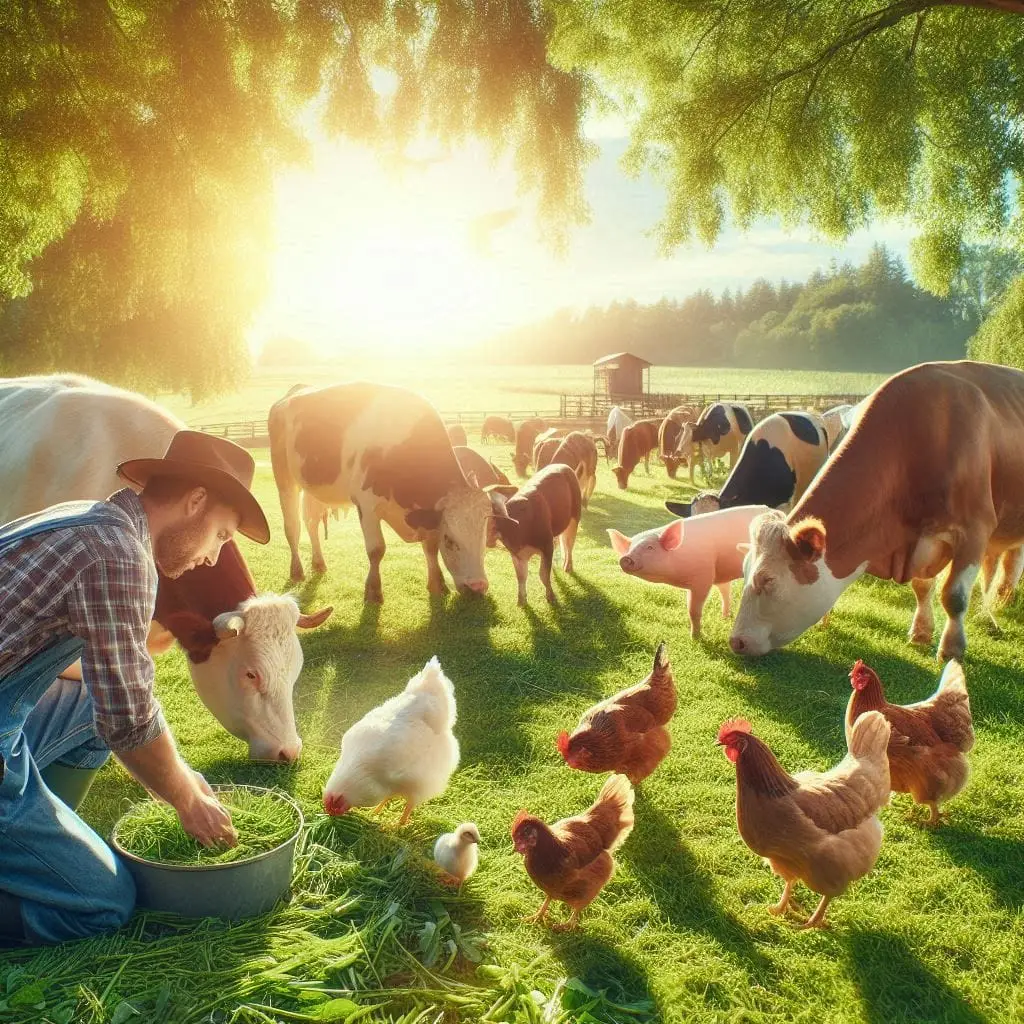Understanding Oxalate Poisoning in Livestock

What Are Oxalates?
Oxalates are naturally occurring compounds found in various plants. They can exist in two forms: soluble and insoluble. Soluble oxalates are absorbed into the bloodstream, where they bind with calcium ions. This binding can lead to severe health issues in livestock.
Common Sources of Oxalates
Several plants are known for their high oxalate content. These include:
- New Zealand Spinach: Often consumed by sheep and cattle.
- Buffel Grass: Particularly high in soluble oxalates when young and actively growing.
- Halogeton: Contains up to 30% oxalates and poses a significant risk to grazing animals.
Symptoms of Oxalate Poisoning
The clinical signs of oxalate poisoning can vary based on the severity of exposure. Common symptoms include:
- Acute Symptoms: Sudden death, muscle tremors, and respiratory distress.
- Chronic Symptoms: Progressive renal failure, weakness, and incoordination.
In severe cases, animals may experience acute hypocalcemia due to calcium depletion from the bloodstream.
Risk Factors for Oxalate Poisoning
Certain conditions increase the likelihood of oxalate poisoning:
- Hungry or Thirsty Animals: Animals that are deprived of food or water may consume large quantities of high-oxalate plants rapidly.
- Environmental Conditions: Drought followed by heavy rainfall can lead to spikes in oxalate levels in plants.
- Dietary Deficiencies: Low calcium intake can predispose animals to oxalate toxicity.
Management Strategies
To minimize the risk of oxalate poisoning, consider the following management practices:
- Gradual Introduction: Slowly introduce high-oxalate plants into the diet to allow rumen bacteria to adapt.
- Supplementation: Provide calcium-enriched trace mineral salt to help counteract calcium depletion.
- Monitoring Pastures: Regularly inspect pastures for high-risk plants and manage grazing accordingly.
Case Studies on Oxalate Poisoning
Halogeton Poisoning in Cattle
A notable case involved cattle grazing on halogeton-infested pastures. In this instance, several cows died after consuming large amounts of this toxic plant. The diagnosis was supported by histological evidence of renal damage due to calcium oxalate crystal formation.
Urolithiasis in Beef Cattle
Another case study reported urolithiasis linked to oxalate ingestion. Despite low levels of dietary oxalates, certain conditions led to significant health issues in a herd of feeder cattle. Management changes, including dietary adjustments, helped alleviate the problem.
Conclusion
Oxalate poisoning is a serious threat to livestock health, particularly for ruminants. By understanding the sources, symptoms, and management strategies associated with this condition, farmers can take proactive steps to protect their animals from potential harm.
For more pearls of Vets Wisdom:
https://wiseias.com/partitioning-of-food-energy-within-animals/






Responses